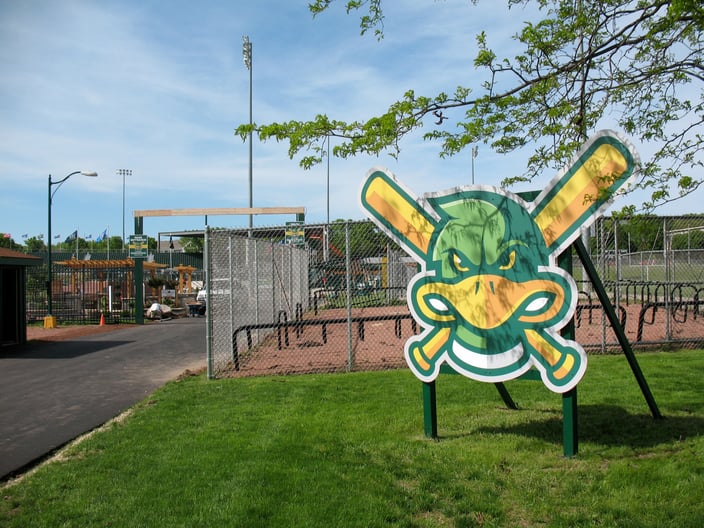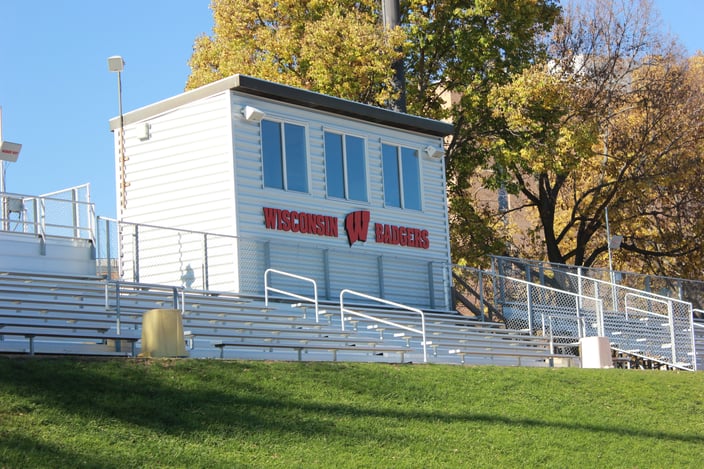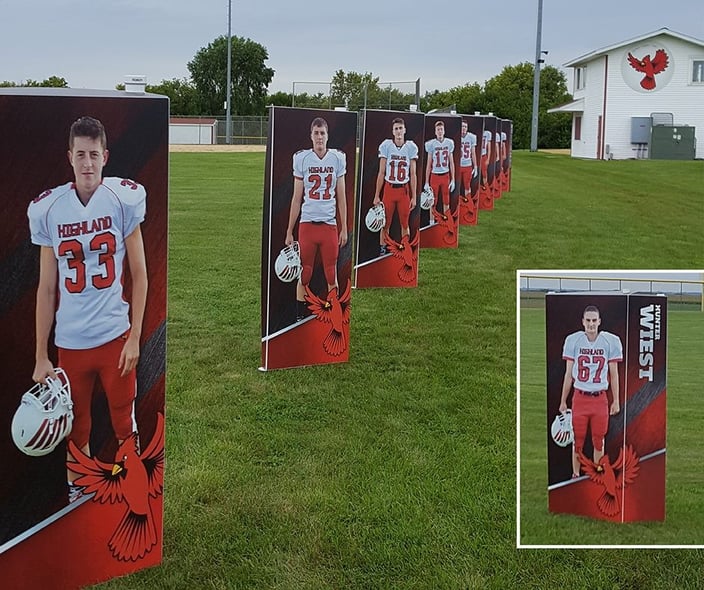When designing graphics for outdoor use you have to take certain things into consideration that you don't need to worry about with indoor signage. Here are some of the top mistakes to avoid when creating your next outdoor banner or sign:
1. Forgetting the Suncreen
Just like your skin needs protection from the sun during a day at the beach, signs will need to be printed with inks that are resistant to UV rays to prevent fading and color degrading from sunlight. UV inks are fade resistant and waterproof and should be chosen over aqueous (water-based) inks for outdoor pieces that will stand for more than one day.

2. Near-Sighted Design
The job of outdoor signage is to communicate, so readability is the top priority. Make sure the substrate background and the printed graphics will have good contrast to make viewing from a distance easy.

3. Not Planning for Nature
Obviously paper-based and other biodegradeable products will not hold up under outdoor conditions. There are many waterproof materials to choose from and your printer can help you choose the best option.
Similarly, a strong gust of wind can tear a soft sign from its mounting or split a hard sign in half. It's a good idea to plan for wind by making your sign flexible enough, either by using a mesh-like material or cutting holes, to allow wind to flow through it.
4. Ignoring Temperature Effects
Depending on your environment, your signs may need to be able to withstand high heat or extreme cold temperatures. Substrates may react differently to sustained hot or cold weather, with reactions varying from melting to becoming brittle and breakable. Check the material's manufacturer guidelines to make sure it will meet your needs.

5. Lack of Security Measures
If the signage plans to stand for a long time, graffiti may be something to worry about. Certain laminates can be added as a protective film that make cleaning off spray paint easier.
Along the same lines, be sure your installation method is somewhat thief-proof as signs have been targets of those with sticky fingers when they are easily removed.

6. Failure to Plan for Installation
The substrate you choose to print on will determine its installation challenges. Different materials have different weights and different limitations in flexibility. The way your signage is designed will also determine whether you'll need professional installers to hang the finished product or if you can do it yourself.

7. Big Shipping Bills
Signs that can ship flat or rolled up in a tube can save significant costs over a more rigid display that has to ship pre-assembled in a box. Lightweight materials will also save a lot of money on shipping versus a heavier choices.


